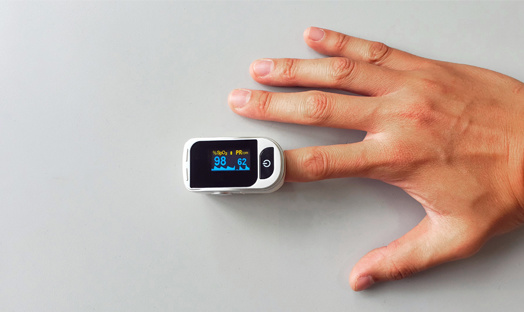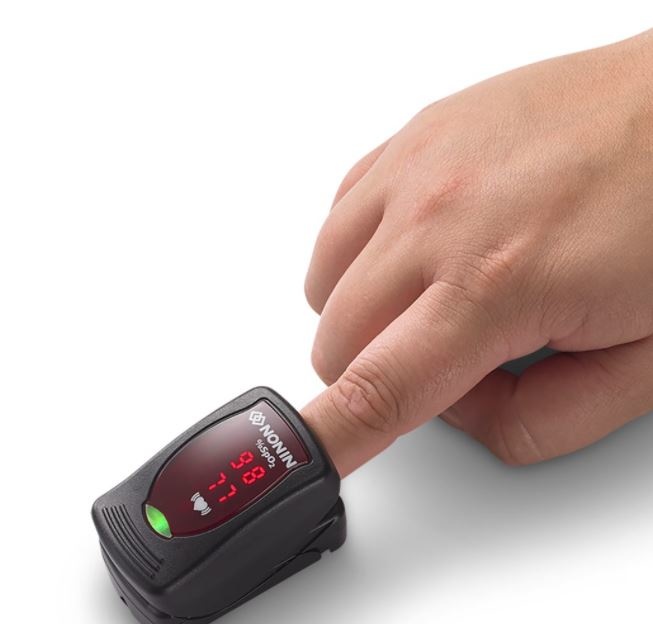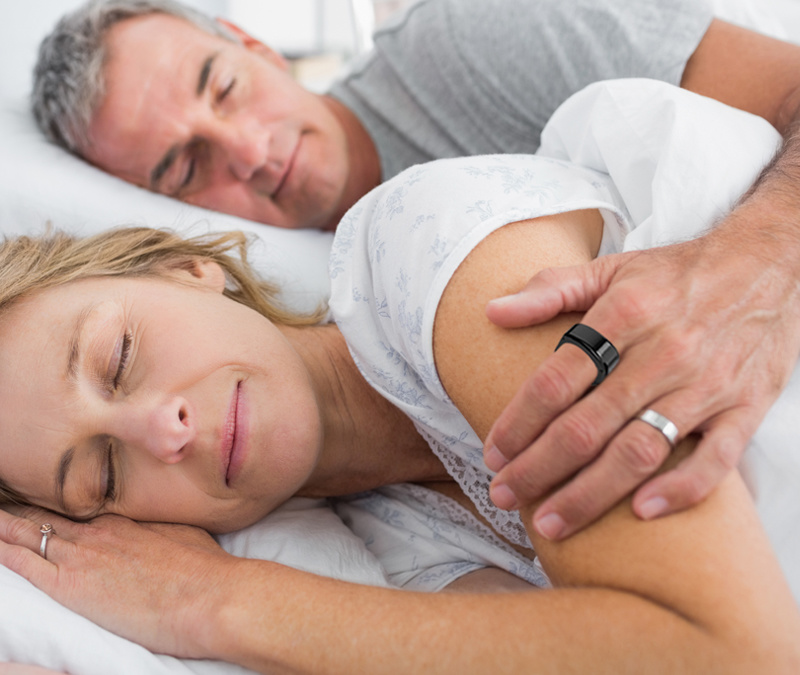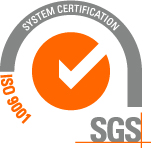Pulse reading
- Posted on
- By Oxigo
- 0

Everything you need to know about oximeter pulse reading.
Measuring your oxygen saturation level has become increasingly important during the COVID-19 pandemic. But why is an oximeter pulse reading so important? And how can you measure these important parameters? In this blog post, you’ll find the answers to these questions. We also share some useful tips for accurate measurements with a pulse oximeter.
What is oxygen saturation in blood?
Saturation, oxygen saturation or SpO2 refers to the oxygen level in your blood. It is expressed as a percentage. A percentage between 95% and 100% is considered a normal oxygen level. Results between 90% and 95% should be monitored. An oxygen level below 90% is considered low. In that case, it is recommended to contact a doctor.
Symptoms of oxygen deficiency
Oxygen is essential to our body. We simply need it to ‘nurture’ our cells with energy. Is your oxygen level below 90%? Then you suffer from an oxygen deficiency, also called desaturation. Possible symptoms of an oxygen deficiency are shortness of breath, confusion, fatigue and restlessness. You may also experience a headache. In some cases, hospitalization will be necessary.
What is a pulse oximeter?
A pulse oximeter is a compact device that measures the oxygen level in your blood (SpO2). A measurement is completely painless. Most pulse oximeters are placed on the finger and measure not only the oxygen saturation, but also the heart rate. The device has a sensor that performs accurate measurements. The first oximeter was introduced by the American company Nonin Medical in 1995.

Pulse oximeters are getting more and more functions and there are even pulse oximeter apps for smartphone devices. The pulse oximeters that you can find in our range are reliable and of high quality. Suitable for home use and for use in healthcare institutions.
How should I use a pulse oximeter?
A pulse oximeter is easy to use and is therefore often used in hospitals and healthcare institutions. Home use has become increasingly important since the start of the COVID-19 pandemic. Put your finger inside the meter, press the on-off button and monitor your results directly on the screen!
We’re happy to share some tips with you for an accurate oximeter pulse reading:
Tip 1: Rub your hands before measuring your oxygen level, especially if you have cold hands.
Tip 2: Do not use nail polish or artificial nails when measuring your saturation.
Tip 3: Always put your finger deep enough into the pulse oximeter so that it can detect your finger.
Tip 4: Sometimes the manual of the device says whether you should insert your finger with your nail pointing downwards or upwards. Follow these instructions.
Tip 5: Hold the oximeter at chest height for the most accurate result.
Measuring saturation in COPD
With a chronic lung disease such as COPD, measuring your oxygen saturation is extremely important, especially if you’re short of breath. Because of the disease, less oxygen will be transported from the lungs to the blood. Are you often desaturated? Then the doctor may prescribe oxygen. If you’re on oxygen already, you may need more liters of oxygen per minute if desaturation continues or reappears. People with COPD often have a lower saturation than other people: on average, their SpO2 is around 92%.
Oximeter pulse reading in sleep apnea
People with sleep apnea suffer from breath stops during the night. During these breath stops, air stops flowing in and out of the lungs and the blood oxygen level can drop considerably. If the oxygen level drops below 90%, the patient suffers from desaturation. The lack of oxygen seriously disrupts sleep. As a result, someone with sleep apnea will wake up exhausted.

In recent years, more and more attention has been paid to saturation in sleep apnea. Therefore, it is measured during sleep studies and in diagnosing sleep apnea. Do you think that you may suffer from sleep apnea and would you like to measure your blood oxygen level at night? Then you should definitely have a look at the CIRCUL Health Monitor Ring. Self-diagnosis is not recommended: leave that to a medical professional. Even if you’re already getting CPAP therapy, the CIRCUL ring will certainly help you out. Do you have a low oxygen level even when using your CPAP machine? In that case the machine settings might have to be adjusted. Your therapy may not be effective enough.
Saturation in children and babies
Oximeter pulse reading in children and neonates (babies) can be very important, especially in case of respiratory diseases or in acute situations. In addition, the heart rate is accurately monitored. Regular oximeters are often only suitable for adults. Fortunately, there are now paediatric pulse oximeters and probes for neonates. In neonates, the probe is often placed around the foot. In some cases, the doctor may decide to prescribe oxygen.
COVID-19 and oxygen saturation
At the start of the COVID-19 pandemic in 2020, the World Health Organization (WHO) emphasized the importance of pulse oximeters. Shortness of breath and desaturation are important symptoms that may indicate an infection with COVID-19. But beware: only an official COVID-19 test can proof whether someone is infected with the virus. However, a low saturation and rapid drop in saturation are signs that something could be wrong with your health.
Are you infected with COVID-19 and are you short of breath? During the course of the disease, it is recommended to monitor your oxygen saturation on a regular basis (at least 3 times a day). Oxygen may eventually be necessary. Are you already using oxygen and are you desaturated again? Then you probably need more liters of oxygen per minute.
Please contact a healthcare professional if you have any doubts about your health. Always follow his/her advice!
Further reading:
- Product range pulse oximeters
- Product range oxygen concentrators
- Website John Hopkins Medicine – Pulse Oximetry



Comments
Be the first to comment...